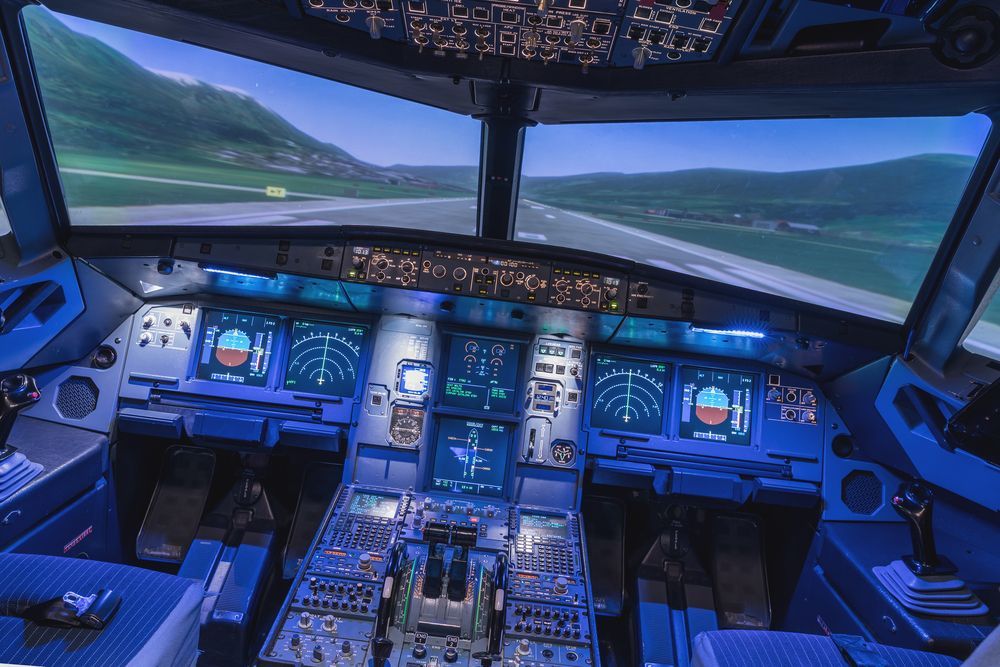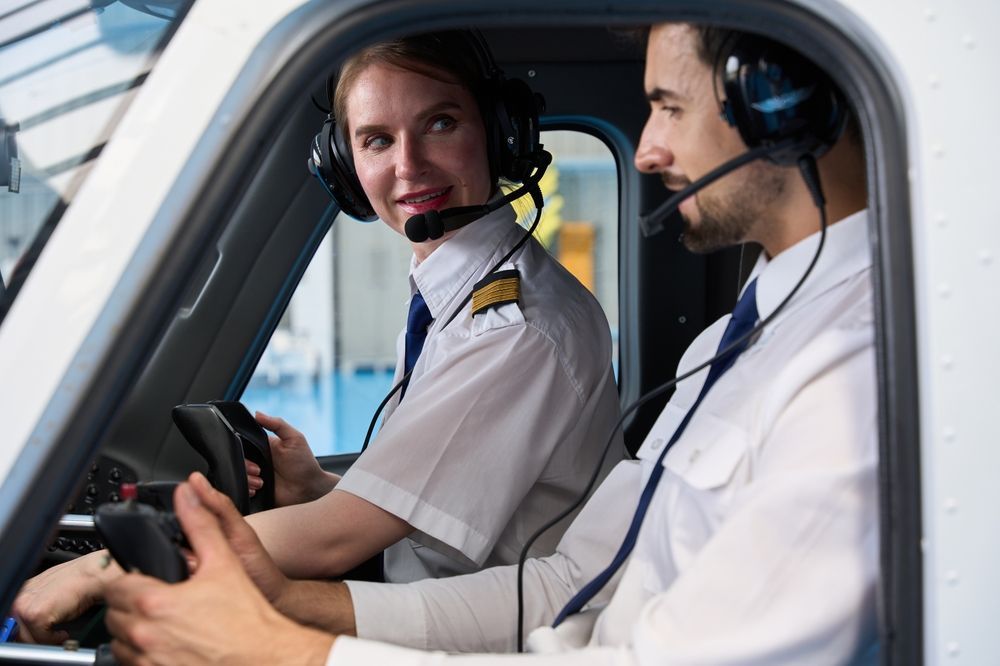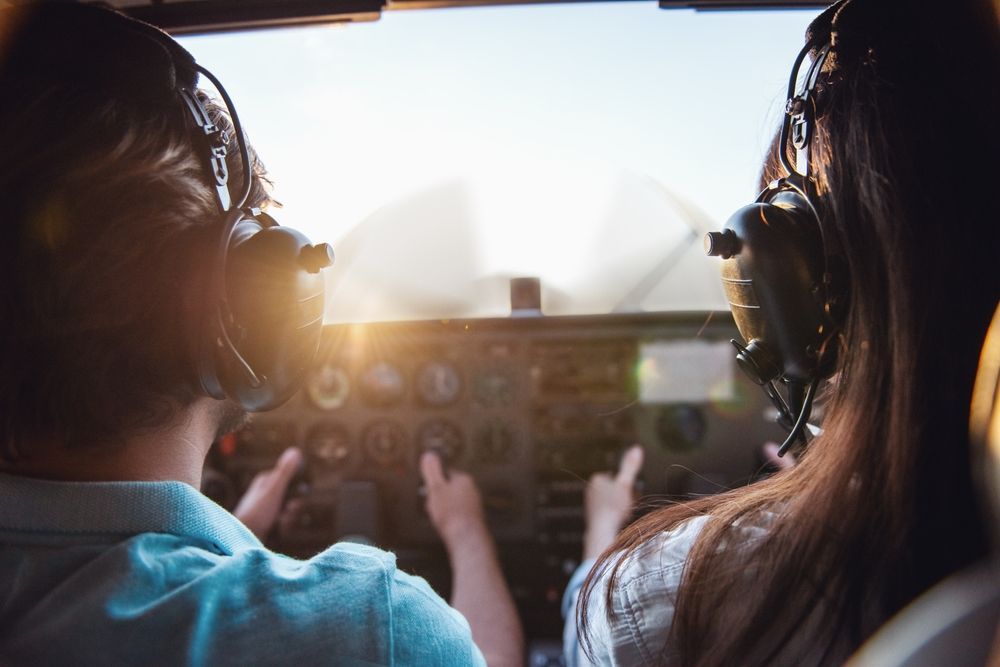Flight Simulators in Flight School: Do They Feel Real?
Share this article:
Written by: J.A. Flight Training

Years ago, the only way to learn how to fly an aircraft was to get in an aircraft with an instructor and start flying. Now, however, flight simulators can provide the instruction and practice you need in a safe yet realistic environment. If you're planning on learning how to fly any type of aircraft, it's a good idea to get to know these tools and what to expect from them in an educational setting.
What are Flight Simulators?
What is a flight simulator? Flight simulators are computer-based programs designed to help aspiring pilots learn what to expect when flying a plane in real life. Unlike video games, they are 100% realistic as they are designed for optimal learning rather than personal enjoyment. Those who use them will not only get the feel of what it's like to pilot an aircraft but also learn how to interact with air traffic controllers. You'll also learn how to fly a plane in different types of weather and under varying circumstances.
Types of Flight Simulators
There are many flight simulators to pick from. However, while some brands may be better than others, what matters most is understanding what you can expect from at-home, BATD, FFS, FTD, and AATD flight simulator models.
At-Home Flight Simulators
At-home flight simulators can be basic, intermediate, or advanced. Basic models include realistic controls, so you can feel what it's like to control a plane. These are ideal if you're a beginner, are looking for something inexpensive, or want to try your hand at flying to see how you like it. Intermediate models include screens and a chair similar to one used by a professional pilot. These are a good choice if you've already enrolled in flight school and want to get some extra practice at home but can't afford to shell out over $10,000 for an advanced model. Advanced models, however, are not unlike those used at some flight schools. They are not only very realistic but also come with motion simulators so you'll feel like you're taking to the skies.
BATD, AATD, FFS, and FTD
BATD flight simulators are FAA-authorized devices that flight schools can use to train aspiring pilots. Such devices are required to reflect an aircraft's exact appearance and behavior. Displays, controls, cruise speed, stall speed, and max climb rate must all be in line with the type of aircraft a student is learning how to fly.
An AATD flight simulator must meet even more stringent requirements than a BATD simulator. AATD simulators include a GPS system, an independent visual system, energy procedure simulation capabilities, and emergency checklist procedure simulation.
FFS simulators are some of the most advanced models on the market. However, unlike other simulator types, they aren't used for general flight training. Rather, they provide training for pilots who want to learn how to fly a particular type of aircraft. Professional pilots may also use FFS simulators to meet recurrent training requirements or learn how to fly new types of aircraft. These simulators include features such as multiple motion degree settings, realistic cockpit sounds, and realistic aerodynamic, flight control, and ground handling settings.
FTD simulators are similar to FFS models in some ways. They provide training for a specific type of aircraft. They're used by students who want to earn a flight certificate and airlines who want to provide training to new or current pilots. FTD flight simulators include advanced features such as an enclosed cockpit and realistic visual references; however, unlike FFS models, they don't always include a motion simulator. Some are used to provide simulated training for older aircraft models.
How Accurate are Flight Simulators?
The accuracy level of a flight simulator depends on the type you use. At-home models are often some of the least accurate options. They'll teach you the basics of what to expect when flying an aircraft, but not much more. On the other hand, FAA-approved simulators such as those used by JA Flight School are so accurate that students can log hours spent using the simulator as part of their required flight hours.

The Flight Simulator 'Real Feel' Experience
There is some debate about the importance of a "real feel" experience that includes not only realistic controls and visuals but also motion. Being able to feel what it's like to take off, land, and manage an aircraft in different types of weather can enhance the flight training experience. However, there is more to a good flight simulator than the "real feel' experience. Motion training is never 100% accurate, even when using the best flight simulator models. This is because a simulator cannot generate the same range of motion you would experience flying a real aircraft. What's more, even good flight simulator models will create "false motion cues"; that is, motions that a pilot would not feel in an actual aircraft. When choosing a flight simulator, you should consider all aspects of the experience, including visuals, controls, and the make/model of the simulator.
Cons of Flight Simulator Training
Flight simulators have a few drawbacks. The main one is that even a very good simulator won't feel exactly the same as flying an actual aircraft. If you want to become a professional pilot, you'll need at least some time in the skies to hone your skills and learn how to react to changing conditions and/or emergencies. That's why JA Flight Training has several types of aircraft in addition to flight simulators.
It's also important to note that using a flight simulator on your own at home can't take the place of professional training. You need not only practice but also feedback from an instructor to improve your skills.
Pros of Flight Simulator Training
There are many good reasons to use a flight simulator as part of your flight training. Flight simulators are safe and cost-effective. They can provide many different types of flight experiences to help you learn how to manage an aircraft under varying circumstances. They can also help you meet flight requirements so you can get a license. Get in touch with us to find out more about how our cutting-edge simulators can help enhance your training and enable you to earn your license.
Connect with Us:



